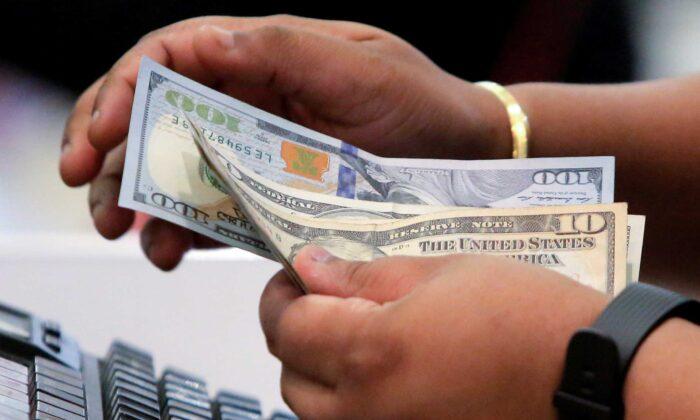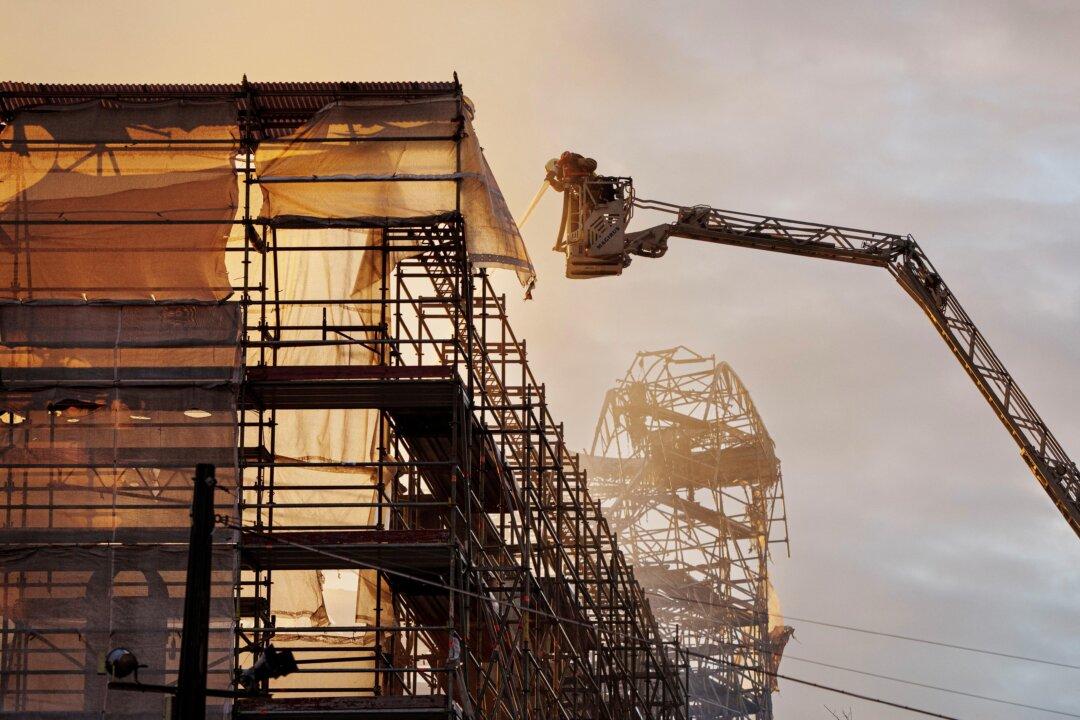BENGALURU—U.S. economic growth will lose momentum this quarter and next but expand faster than previously thought after that, according to a Reuters poll of economists, a firm majority of whom now expect the economy to reach pre-COVID-19 levels within a year.
While the near-term economic outlook has dimmed again as the U.S. remains the country worst-hit by the pandemic and on uncertainty about a fresh fiscal package, Wall Street stocks have reached record highs on positive vaccine news.
The growth outlook for the current and next quarters was lowered in the Nov. 30-Dec. 8 poll. A few respondents predicted a double-dip, expecting the economy to contract again next quarter.
“We expect the rising threat of COVID-19 to dampen growth through the first months of 2021, followed by further fiscal support from the prospective new administration in reaction to the rise in hospitalizations,” noted Ellen Zentner, chief U.S. economist at Morgan Stanley.
“Downside risks are dominated by COVID-19, and particularly if broader-than-expected shutdowns over the winter and a delayed vaccine come in the absence of further fiscal stimulus. In this scenario, a more drawn-out recovery would lead to longer stints of unemployment and greater permanent job loss.”
But in response to an additional question, nearly two-thirds of economists, or 43 of 69, said U.S. GDP would reach pre-COVID-19 levels within a year. Twenty-one said within two years and five said two or more years.
That is a turnaround from the August poll findings, where none of the economists said “less than a year,” with nearly 60 percent predicting the economy would take two or more years to reach pre-pandemic levels.
The wider poll showed GDP for Q3 is expected to remain unrevised at a record 33.1 percent when the final data is issued later this month, after contracting at an annualized 31.4 percent pace in Q2, its sharpest decline in at least 73 years. It was expected to grow 4.0 percent this quarter, compared to 3.7 percent predicted previously.
For the first quarter the consensus was lowered to 2.5 percent growth from 3.0 percent last month, with nearly 11 percent of respondents predicting the economy would contract in Q1.
It was expected to expand 3.8 percent, 3.9 percent and 3.4 percent in the following quarters of 2021, compared to 3.5 percent, 3.5 percent and 3.2 percent predicted, respectively, last month.
The world’s largest economy was forecast to contract 3.6 percent this year then grow 3.9 percent next year and 3.1 percent in 2022.
Three-quarters of economists, or 44 of 58, who responded to a separate question said the outlook for the strength of the U.S. economic recovery had either stayed about the same or improved from last month.
“Near term (1-3 months) has worsened on the back of rising COVID-19 cases, which could lead to more containment measures being introduced at the expense of economic activity,” said James Knightley, chief international economist at ING.
“However, political risks have subsided and vaccine roll-out news offer clear positives on the medium (3-6 months) term outlook.”
Still, only 21 percent of 43 economists in response to a separate question expected the Federal Reserve to announce more stimulus at its December meeting.
Thirteen economists said the Fed would change its policy next in 2021, six said in 2022 and 15 said 2023.
“If economic data deteriorate and there is no fiscal policy response in sight we may see the Federal Open Market Committee use its asset purchase program to provide additional monetary stimulus,” said Philip Marey, senior U.S. strategist at Rabobank.
“The FOMC could decide to indicate a longer horizon for asset purchases through forward guidance. However, if the Committee thinks the situation is more urgent, it could step up the pace of asset purchases or shift the composition to longer maturities.”






Friends Read Free